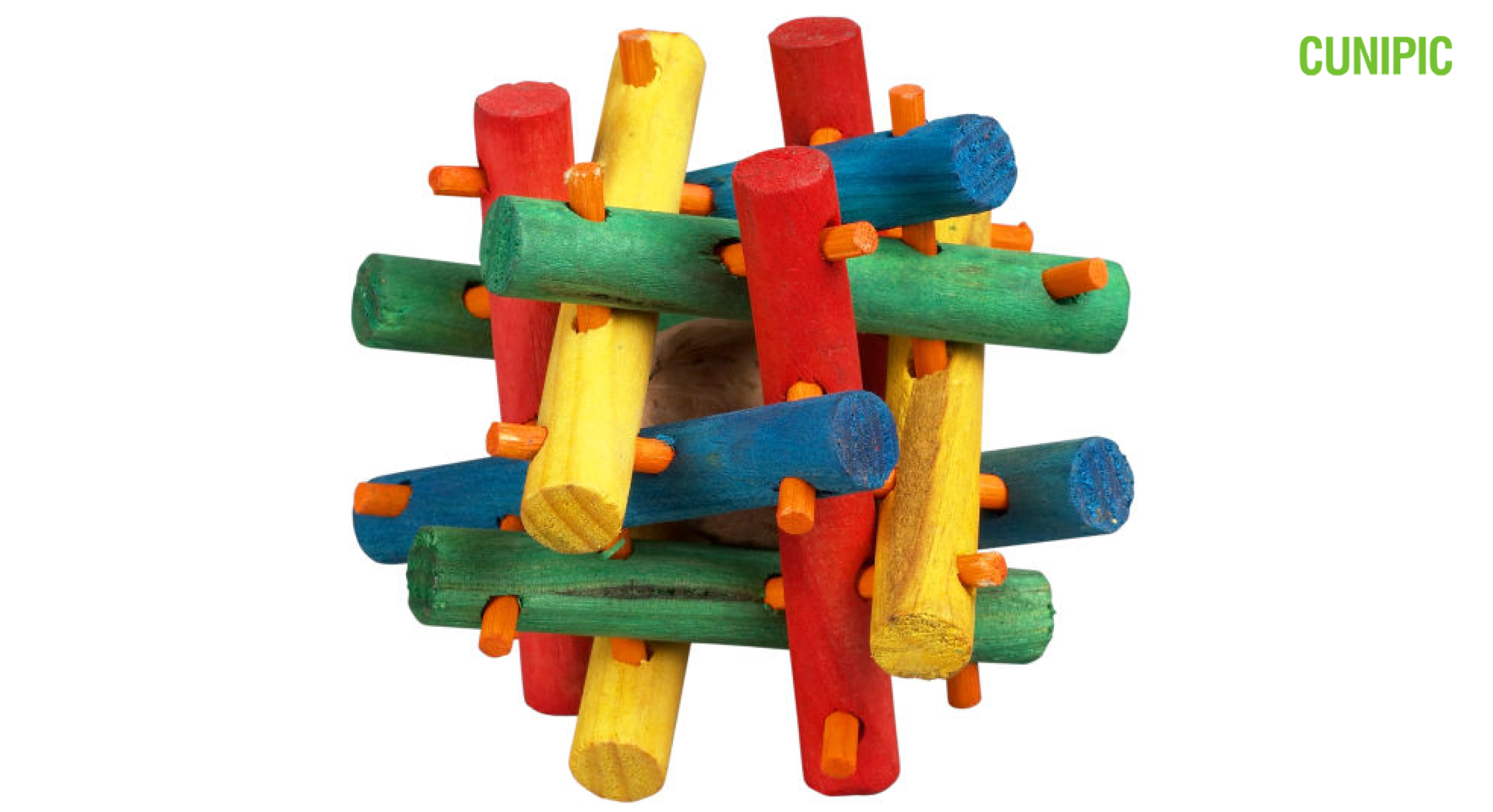The arrival of our dwarf rabbit It is equivalent to having his cage already prepared with its accessories.
Cages for dwarf rabbits should at least be of (60 x 40 x 40)cm So that rabbits can stretch and sit up, their base must be flat, not grated, because their little paws can get hurt.
Their utensils must fit in the cage: the corner, the henera, the plate for their feed and their toys (hay tunnels, ramps, etc.). The corner or box is the place, inside the cages for dwarf rabbits, in which they must relieve themselves. In this we will put paper or wood bedding to soak its urine, we will not put cat bedding since the type of products it carries can cause an allergy to your dwarf rabbit.
- El drinker It is something very necessary so that you always have clean and accessible water. It is better in the form of a bottle since with a bowl of water there is a danger of being knocked over. Instead, the bottle feeder has a ball that when they lick falls drop by drop. You have to fill the drinker completely so that it does not drip constantly, because if we leave it halfway it can catch air and this causes it to drip.
- La henera It is a container, usually made of plastic, that is placed on the outside of the cages in such a way that it does not take up vital space for our dwarf rabbit and also we can easily supply the amount of hay it needs. This container is attached to the cage in such a way that the dwarf rabbit can take the hay it needs through the bars. This container must always be well supplied with hay so that the dwarf rabbit never lacks this important ingredient in its diet. .
- El plato in which we will put the food, it can be made of ceramic or metal since there is no danger of being gnawed on. We can leave you food for the whole day or ration the daily recommended diet into two parts, one first thing in the morning and the second at night.
- The toys (hay tunnels, ramps, wooden house, etc.) are necessary especially during the hours of the day when the dwarf rabbit is alone inside the cage, so it will be distracted and entertained at the same time.
- The hay tunnels They are a good alternative, since apart from providing a necessary food for dwarf rabbits, they use it to play, hide inside, jump over it, etc. They also tend to like to play with ramps, these are useful if we consider the exercise they get when using them.
Inside dwarf rabbit cages, there is usually a house. The booth is their resting place and on the floor of this we recommend putting Sweet Dreams, which is a product made from paper that makes an ideal bed for them to rest tucked in.
As soon as we have all this, all that remains is to decide the ideal place to place the cage. We will look for a place where there are no drafts and away from heating since they cannot withstand too high temperatures. We recommend finding a stable space where there is no chance of the cage falling over.








